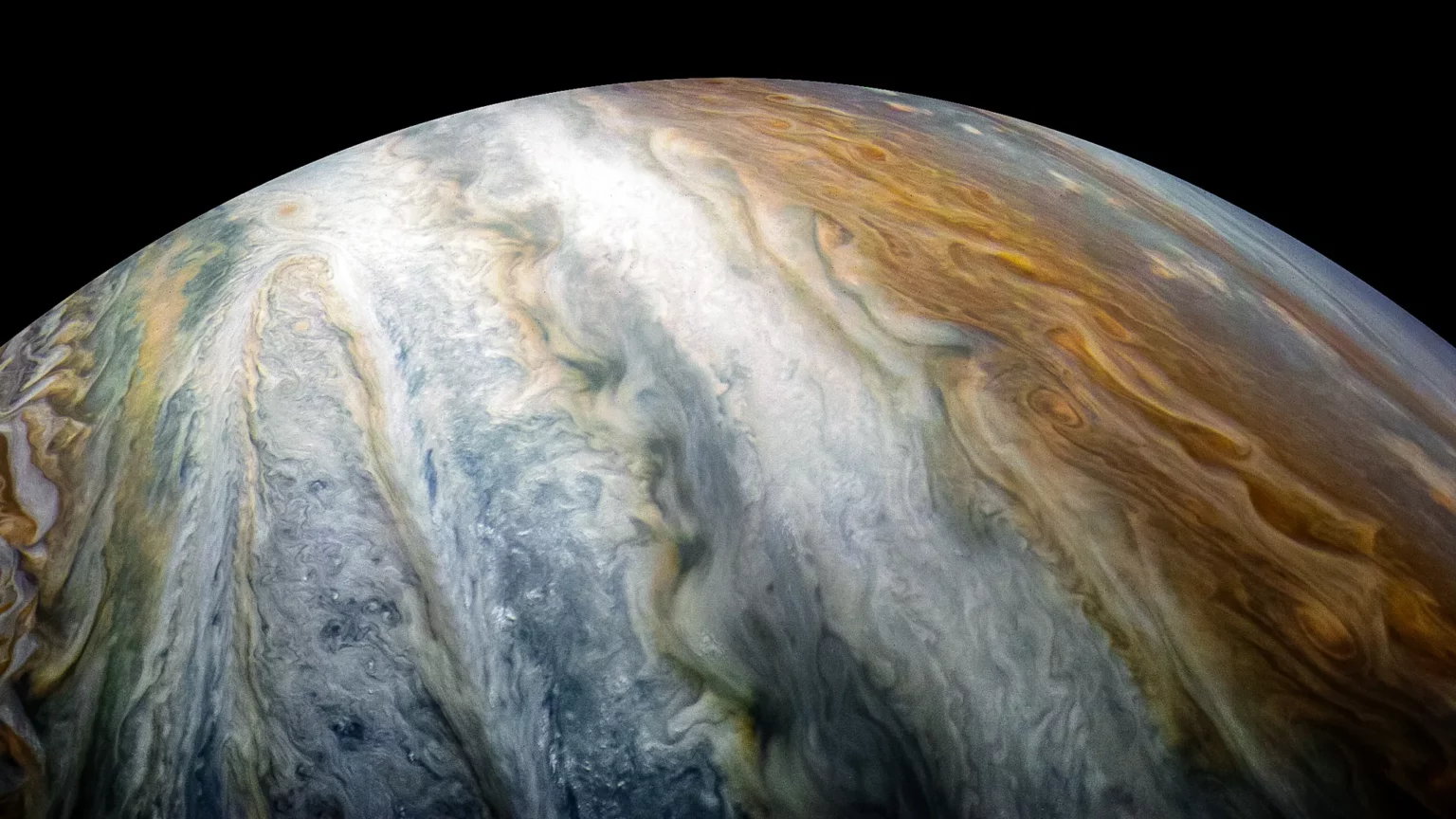Experience the awe-inspiring beauty of Jupiter like never before with NASA's groundbreaking $1 billion spacecraft. Witness the sharpest images of the gas giant and its mysterious features as they are beamed back to Earth, unraveling the secrets of our solar system's largest planet. Prepare to be captivated by the unparalleled visual journey through NASA's remarkable exploration of Jupiter.
In a remarkable achievement, NASA's spacecraft Juno, a billion-dollar mission, has sent the sharpest images of Jupiter ever captured.
This milestone is not only a testament to the technological prowess of the spacecraft but also opens up new avenues for understanding the largest planet in our solar system.
The Juno Mission: A Journey to Jupiter
Launched on August 5, 2011, NASA's spacecraft Juno embarked on a 5-year journey to Jupiter. The spacecraft arrived at Jupiter on July 4, 2016, after a five-year, 1.74 billion-mile journey, and settled into a 53-day polar orbit that extends from just above Jupiter's clouds to the outer reaches of its magnetosphere.

The primary goal of the mission is to understand the origin and evolution of Jupiter, search for a solid planetary core, map the magnetic field, measure water and ammonia in the deep atmosphere, and observe the auroras.

The Sharpest Images of Jupiter: A New Perspective
The sharpest images of Jupiter, captured by Juno, have provided a new perspective on the gas giant. These images reveal intricate details of the planet's atmosphere, including its iconic Great Red Spot and complex storm systems.
The sharpest images of Jupiter also showcase the planet's polar regions with unprecedented detail, unveiling a chaotic scene of swirling storms and jet streams.
The Role of JunoCam: Engaging the Public

One of the unique aspects of the Juno mission is the inclusion of JunoCam, the first camera from NASA dedicated to public outreach. The sharpest images of Jupiter were captured by this camera, and the data has been processed by citizen scientists.
This approach has not only resulted in stunning images but has also actively involved the public in the mission, fostering a sense of collective exploration and discovery.
By allowing citizen scientists to contribute to the processing of JunoCam data, the mission has tapped into the collective knowledge and enthusiasm of individuals passionate about space exploration. This inclusive approach has sparked interest, encouraged participation, and created a deeper connection between the public and the mission's objectives.
JunoCam has not only provided visually captivating images of Jupiter but has also served as a vehicle for public engagement and has broadened the understanding and appreciation of our solar system.
The Extended Mission: Exploring the Jovian System
Now in its extended mission, Juno will continue its investigation of the largest planet in the solar system until September 2025, or until the end of the spacecraft's lifespan. This extension assigns Juno the task of becoming a full-fledged explorer of the Jovian system, encompassing Jupiter, its rings, and moons, with additional planned encounters for two of Jupiter's most intriguing moons: Europa and Io.
Conclusion: Sharpest Images of Jupiter and Beyond
The sharpest images of Jupiter captured by Juno represent a significant milestone in our exploration of the solar system. They provide a new perspective on Jupiter, revealing details that were previously unseen. As Juno continues its mission, we can expect even more astonishing images and valuable data, which will enhance our understanding of Jupiter and shed light on the origins and evolution of our solar system.
Deja una respuesta


IMPRESCINDIBLES DE LA SEMANA